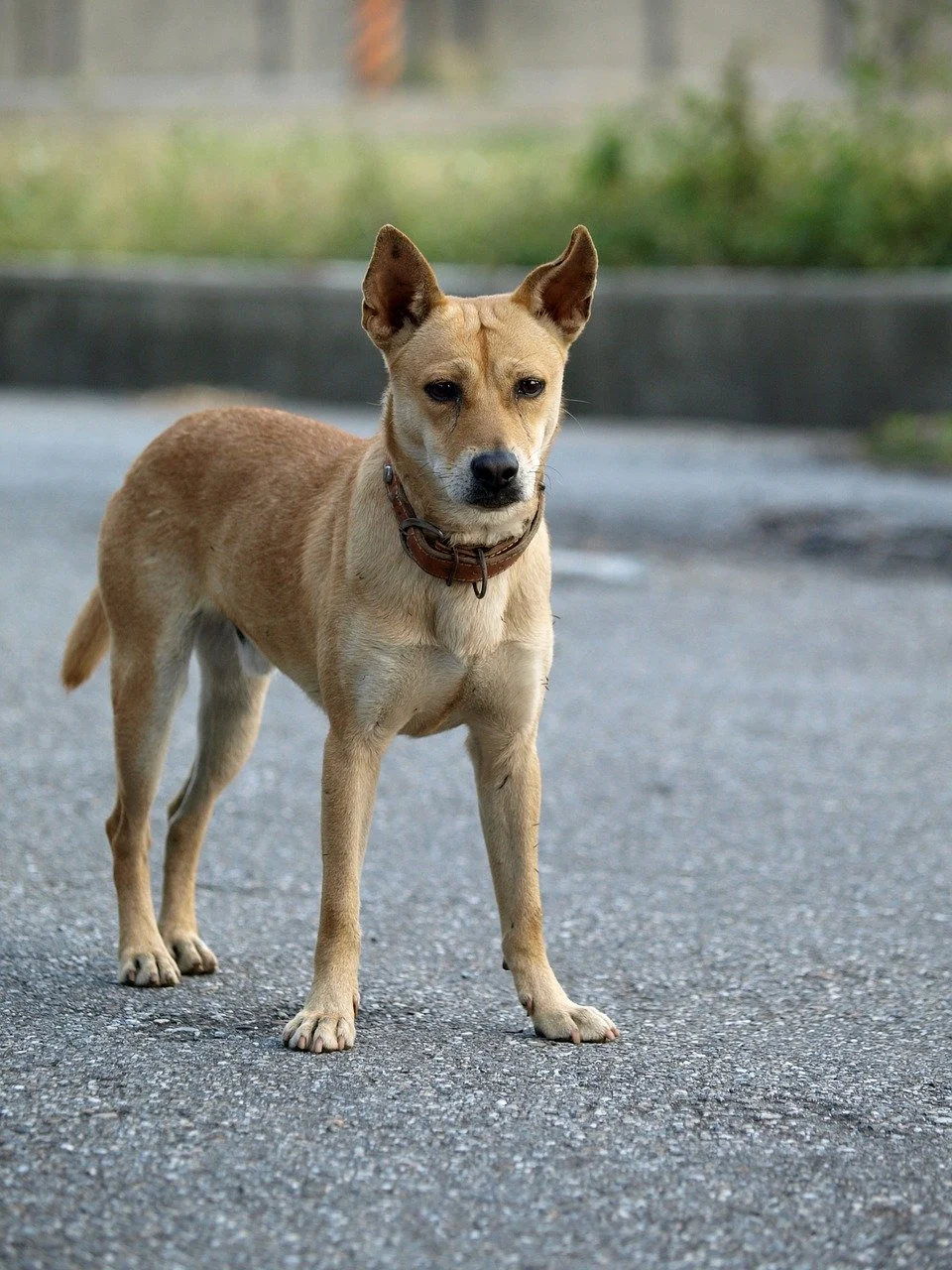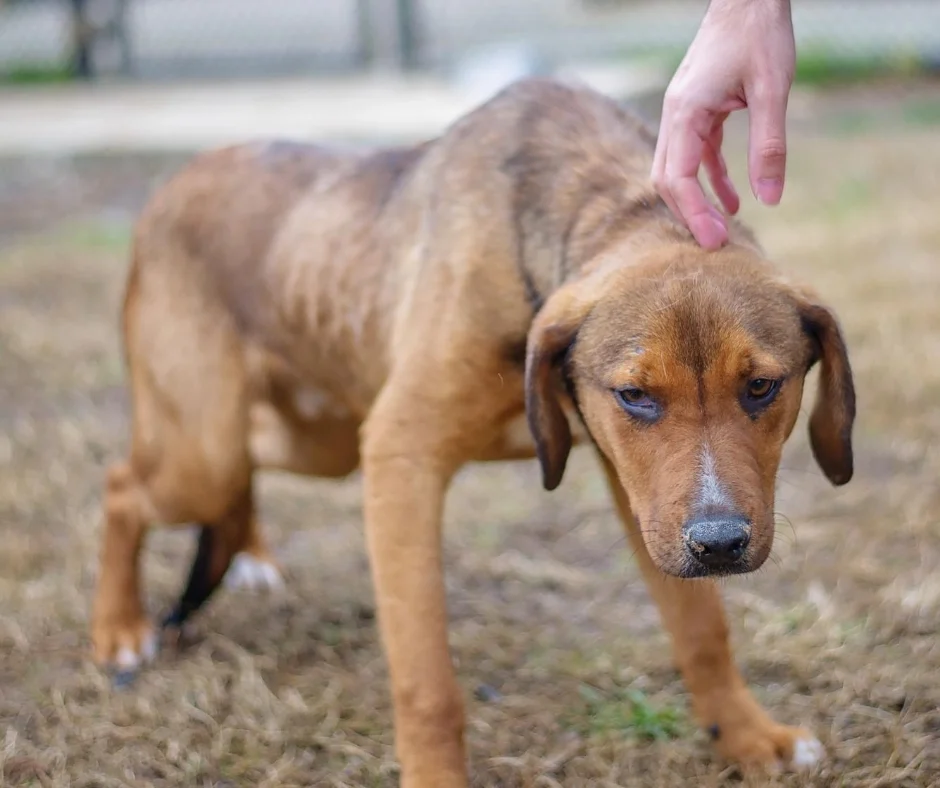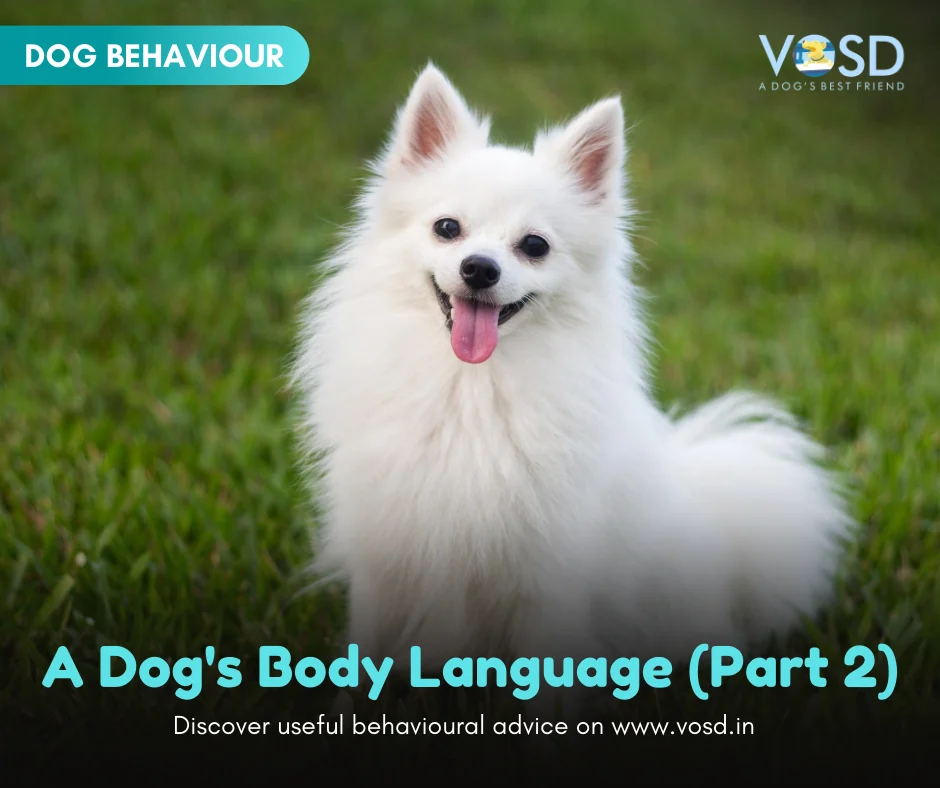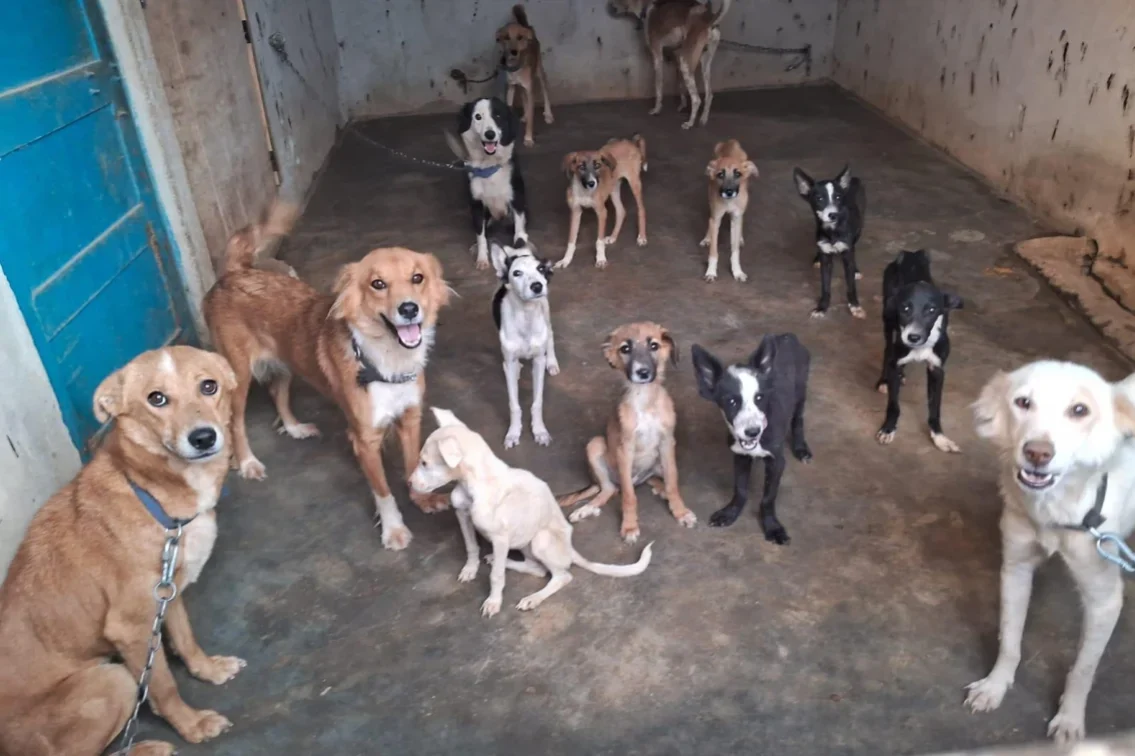Part 2 of knowing the behaviour and body language of a pet or stray dog.
Last week, we talked about understanding dogs when they are relaxed and alert. It is our responsibility to make the effort to understand a dog’s body language instead of expecting them to communicate with us!
Let’s look at other common behaviour so we know what to look for when making friends with a dog.
Dominant behaviour

This is something you can learn to understand when you meet a pack of strays as well. Dominant behaviour can also include Dominance Aggression, that can become a problem if you need to discipline a dog.
Dominant dogs try to make themselves look big and strong in the presence of others. A dominant dog will probably have his hackles raised, and will wag his tail in a controlled, flag-like fashion.
It is important to remember that physically punishing a dominant dog is not a good idea. Negatively trying to discipline your dog might only lead to more problems. Be a firm but benevolent dog parent.
Submissive behaviour

A submissive dog likes to avoid conflict and will show body language that will communicate that he or she is not a threat. Their bodies may be lowered and they might avert their eyes. A submissive dog’s ears are not stiff and straight, but might move slightly to the back.
Sometimes a dog might show complete submission by lying on his or her back. It is important to show acceptance and love, and make the effort to alleviate a submissive dog’s fear. These dogs need to know that they are not under threat at any point and that they are safe.
You can read about how to deal with anxious dogs here.





